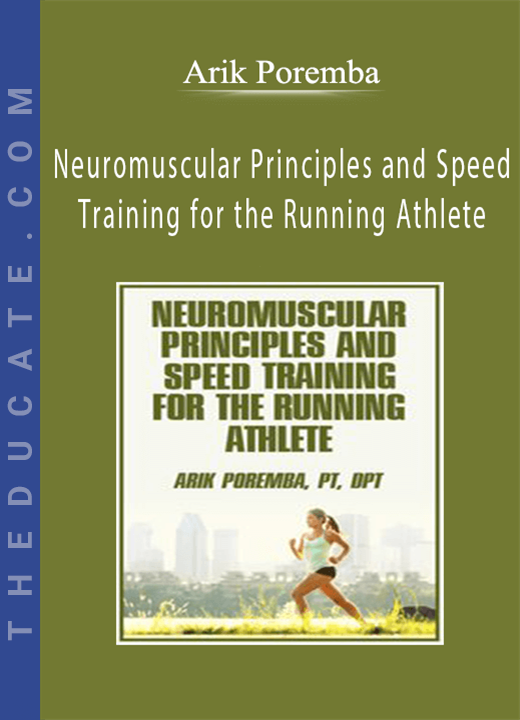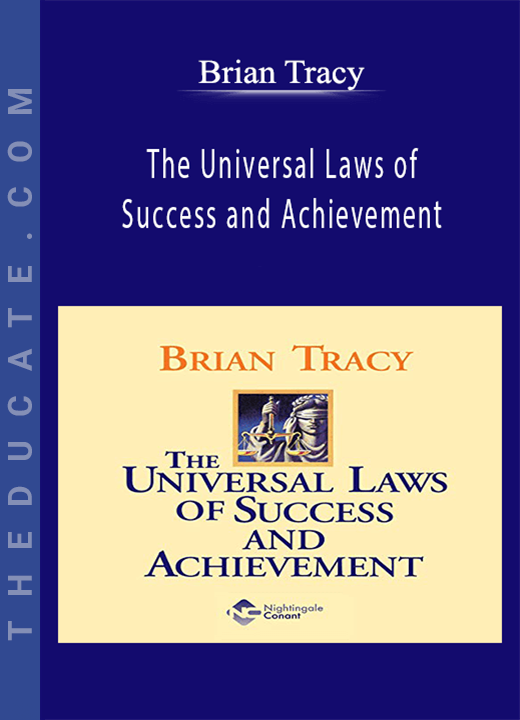Description
Neuromuscular Principles and Speed Training for the Running Athlete – Arik Poremba
Middle distance and long distance running events are becoming very popular and are one of the fastest growing sports in the US. All-level runners participate in small and large running races multiple times a year. As a result of poor training, over training and lack of understanding of the running mechanical and physiological principles, many of these runners experience one or multiple running related injuries. Most of these running related injuries are due to repetitive and accumulative mechanical deficits during the stance phase.
With proper neuromuscular and speed training one can significantly decrease the ground contact time and as a result, the risk for these injuries. Health care professionals and coaches must have a firm understanding of the running principles in order to help patients and clients achieve their running goals while staying injury free.
- List the primary Biomotor components of speed training
- Define the Ground Reaction Force (GRF) and Force Distribution and how it applies to the running athletes
- Design and apply speed, strength, and conditioning programs for running athletes
List the Primary Biomotor Components of Speed Training
- Introduction
- Define Biomotor abilities including speed, strength, endurance, flexibility, and coordination
Define the Ground Reaction Force (GRF) and Force Distribution and How it Applies to the Running Athletes
- Introduction to internal and external forces that apply to the running athlete
- Newtons Laws and its applications to running
- Review and understand ground reaction force graphs and its applications as well as evidence based research
Design and Apply Speed, Strength, and Conditioning Programs for Running Athletes
- Review specific training methods for biomotor ability development
- Demonstrate examples and sport specific exercises







6 reviews for Neuromuscular Principles and Speed Training for the Running Athlete – Arik Poremba
There are no reviews yet.